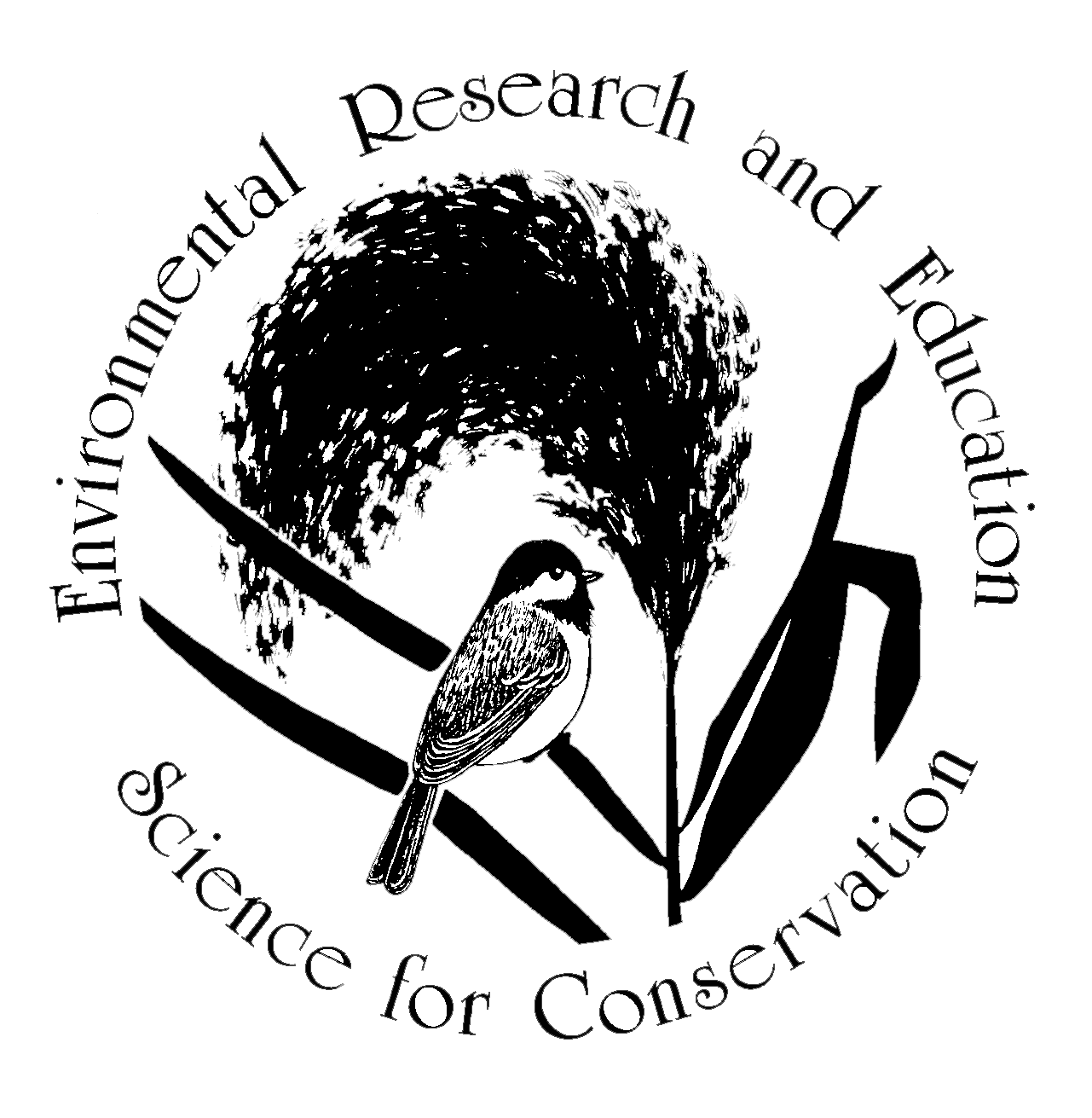The Upper Penhorn Marsh—An exceptional urban natural area
Erik Kiviat has fifty years of field experience in the Northeast (and beyond), and twenty in the New Jersey Meadowlands. When he says he has never seen anything like the Upper Penhorn Marsh, it has real resonance. He recently sent this description of the Upper Penhorn Marsh to conservation groups and stakeholders in the New Jersey Meadowlands. Please get in touch with us if you want to help protect this important urban resource, or please make a general contribution that will allow us to get out into the marsh and fully document the diverse species making their homes there.
“The Upper Penhorn Marsh (UPM, including the Guarini Tract), bordered on the south by the Amtrak rail embankment, on the west by Secaucus Road and the Turnpike, on the north and east by the Turnpike ramps (see Google Earth image, below). Penhorn Creek flows through the western portion of the site, which is in North Bergen (east) and Secaucus (west), in Hudson County, New Jersey. There are several ownerships, including NJ SEA (the parcel with the communications towers in the north-central part of the wetland).
UPM is a freshwater, non-tidal peatland, mostly dominated by common reed (Phragmites). A large area across the central channel from the towers has sparser reedbeds mixed with diverse native marsh plants and a moss understory. The moss layer contains significant amounts of peat mosses (Sphagnum, three species, one rare in New Jersey). The extent of this bog-like area is unknown, in part because of difficult access to the catwalk associated with the towers and to the other off-channel portions of the marsh.
Besides the unusual mossy habitat and rare plants, UPM has a substantial breeding population of the recently described Atlantic Coast leopard frog, one of three populations known in the Meadowlands. The marsh is also used by least bittern, Virginia rail (both NJ Species of Greatest Conservation Need), and several duck species. The state-rare plant floating marsh pennywort occurs in pools at the northern foot of the railroad, one of about four occurrences in the Meadowlands (this plant is ranked as S3S4 in the state and listed as Endangered). The area has not been fully surveyed; likely there are other rare wildlife and plants. Diverse common species of are also present.
UPM covers about 170 acres, including small areas of wetland fill. Another 24 acres south of the Amtrak railroad may also be important but I have been unable to explore there. Stormwater from Secaucus drains into UPM and probably moves down the main channel of Penhorn Creek along the western side, sparing the mossy areas from nutrient enrichment and contaminants. The extensive Phragmites reedbeds in UPM may also be protecting the mossy vegetation by virtue of the uptake of nutrients by the reeds. Fill at the north and northeastern margin is reportedly the site of a hotel under construction, next to the pools where many of the leopard frogs breed. Some, if not all, of this fill was likely emplaced without permits, and the material has gradually encroached on the marsh from 2006 when I first visited the site to a few years ago.
Unpermitted fill placed in the marsh interior (Guarini tract) a few years ago has been the subject of ACE enforcement action and has been removed. In connection with the Army Engineers required removal of this fill, wetland mitigation actions are being discussed. I have heard that one suggested mitigation is Phragmites control. If this were to occur by means of herbicide, the moss-reed vegetation would likely be devastated, and non-chemical management of Phragmitescould also harm the flora. It would be a very risky venture to attempt to improve on what is already a highly unusual and valuable wetland ecosystem. Instead, UPM should be preserved as-is as much as possible. There may be non-chemical restoration actions that could take place in portions of the marsh distant from the moss-reed area without harming it; however, any management, remediation, or nearby development should be designed and implemented with extreme caution to protect the important existing habitats and biota. Even before any management is contemplated, the entire area should be studied in detail to determine the extent of the mossy areas and comprehensively survey the biota of the entire site including mosses, liverworts, vascular plants, vertebrates, odonates, and other wildlife. Great caution should be taken in all management, mitigation, and restoration actions, lest elements of the system be harmed.
Use of herbicides is a very bad idea at this site because of toxicity to nontarget plants and animals that include rare species. The area supports an unusual and important ecosystem which needs to be studied and stewarded. Each marsh is different and must be assessed and managed uniquely. That which is already there, sustaining itself and constituting an especially valuable urban natural area, should be valued for what it is. The area should be appreciated.
Finally, this entire wetland complex cries out for preservation.”


